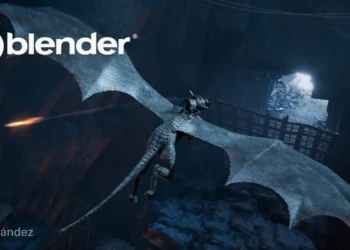AMD has announced a new update to its GPU based ProRender that includes several new features plus additional plugins and updated integrations.
The Uber Shader introduced to the 3DS Max, Maya and Blender plugins this year have seen a further update to support diffuse backscattering and simplified caustics, plus the clearcoat appearance has been improved. That’s not all, a new AO node is now included to support more flexible procedural texture workflows.
Other changes include the addition of camera-based motion blur and adaptive subdivision to the 3DS Max and Maya plugins in addition to the already supported Blender version. Exporting has been optimised for all plug-ins to speed up multi-app workflows when working with large and complex scenes.
The only application to date to natively integrate ProRender in its stable builds is Cinema4D. The R20 release coming this September adds several new features including Subsurface Scattering (SSS), motion blur and multi-pass rendering. Also on the horizon is the integration of ProRender with Foundry’s Modo, which has announced that a public beta version is available for users with maintenance and rental licenses.
In other news, AMD is planning to release code for an “open-source Radeon ProRender USD Hydra render delegate plug-in on GitHub that adds path-traced rendering designed for more accurate previews when compared to the default OpenGL® renderer” and a new plugin is in beta for CAD application PTC Creo.
The updated and new plug-ins for 3ds Max, Maya, Blender, PTC Creo (beta), and USD are available now. Find out more on AMD’s Radeon website.







